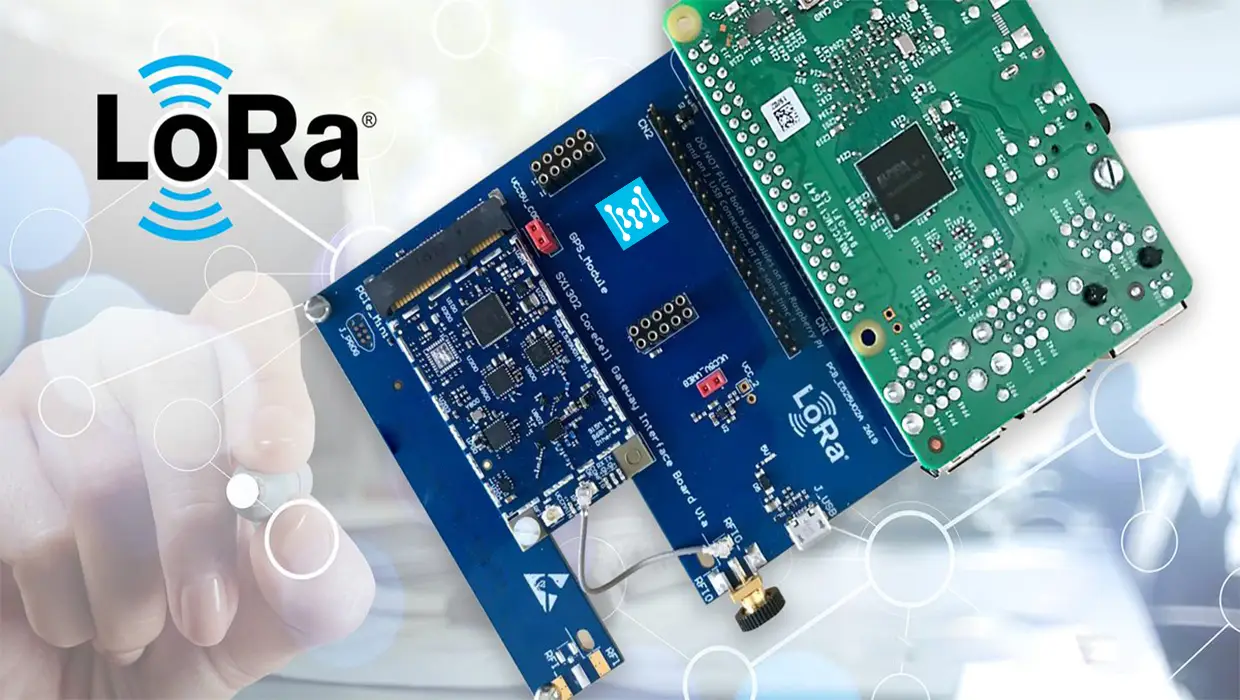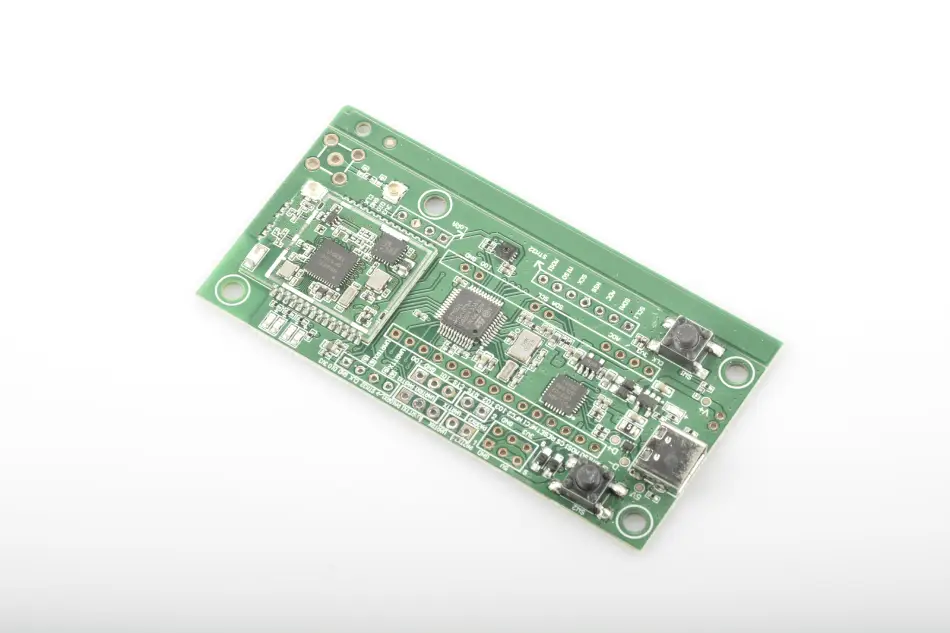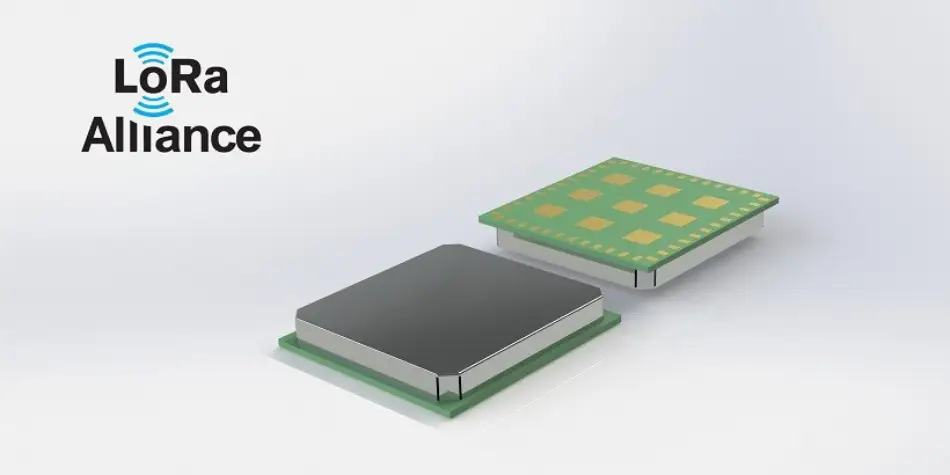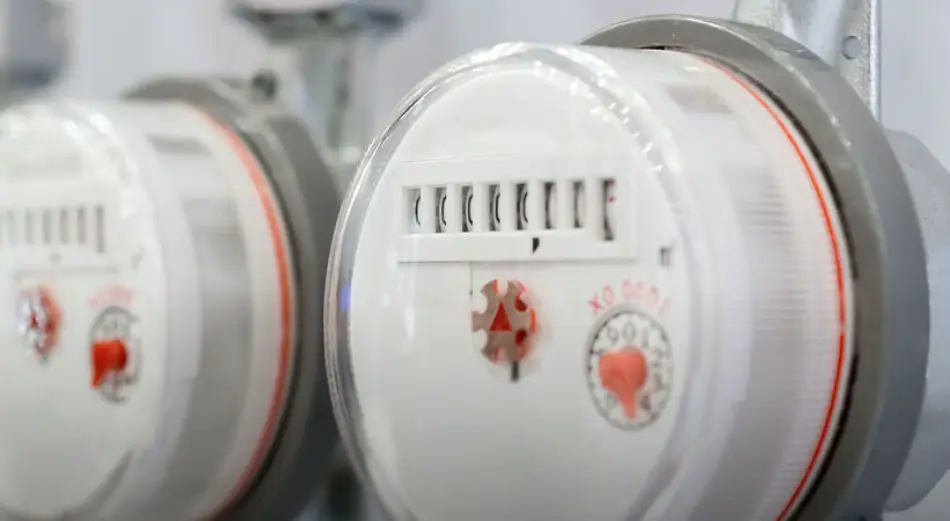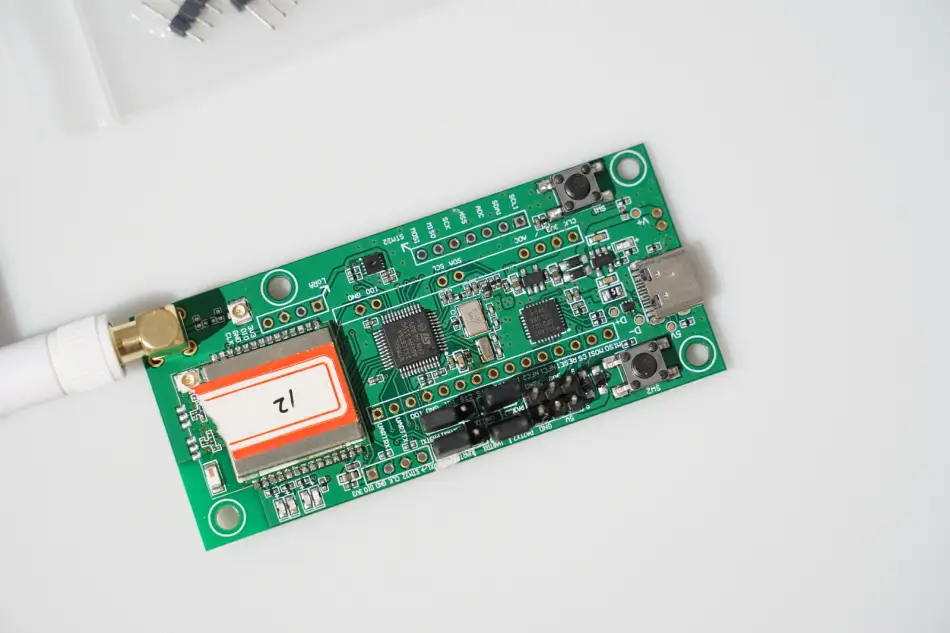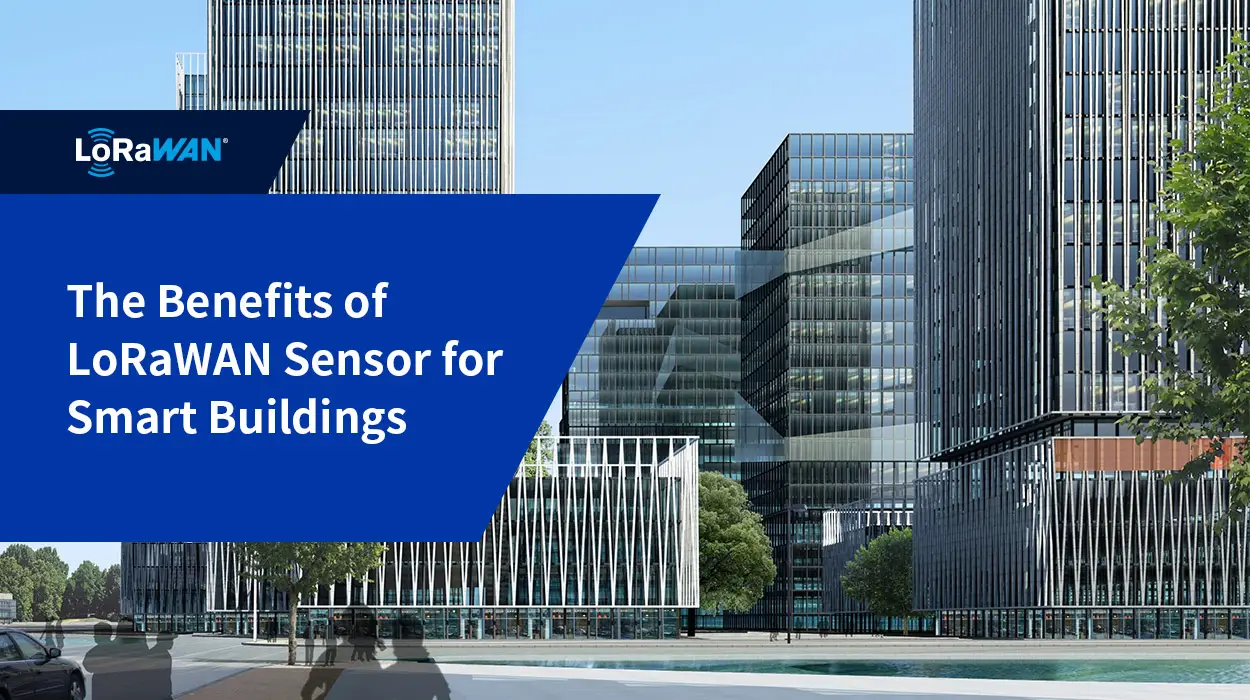With the development of society and the breakthrough of IoT technology, various IoT communication systems and devices for IoT scenarios have emerged one after another, such as NB-IoT, Sigfox, WiFi, Bluetooth, ZigBee and LoRa, etc. The technology can meet the application under the specific conditions of the Internet of Things, and has a variety of uses. LoRa is a wireless communication technology developed for long-distance and low-power application scenarios. LoRa has high sensitivity and can be identified even if the signal is weak, which greatly increases the communication distance. In the long-distance of the Internet of Things Low-power scenarios are widely used. The development of LoRa in the application of the IoT is inseparable from the LoRa module in each LoRa terminal device. The position of the LoRa module in the Internet of Things industry is very important, and it is an important part of the modern Internet of Things. The working status of the LoRa module reflects the performance of LoRa. After understanding the LoRa module, it is clear why LoRa can be widely used in the Internet of Things.
So what is the LoRa module, and what are its advantages and disadvantages? Let’s interpret the LoRa module together.
Introduction to Lora module
LoRa is a long-distance wireless transmission technology based on spread spectrum technology. It adopts the direct sequence spread spectrum method, which has strong anti-interference and high receiving sensitivity, while meeting the needs of low power consumption. LoRa is an important member of LPWAN (Low Power Wide Area Network) communication technology. It was developed by a French company Cycleo, an innovative semiconductor technology-LoRa, which was later acquired by a U.S. company Semtech. Semtech subsequently developed a LoRa communication chip solution based on this LoRa technology. LoRa follow-up Start coverage and popularization through the LoRa Alliance. The LoRa module is a wireless communication module developed based on Semtech’s chips. The LoRa module has a small integrated scale, low power consumption, and high sensitivity, which has greatly promoted the development of LoRa.
The advantages of LoRa module
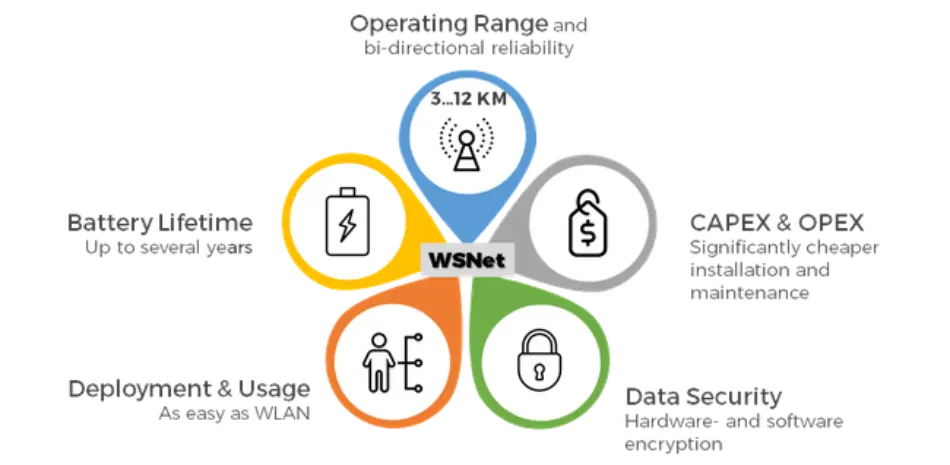
The sensitivity of the receiver is greatly improved and the power consumption is reduced.
The sensitivity of the LoRa communication module is as high as – 139dbm, and the sensitivity is very high. The link budget of the LoRa communication system is as high as 175db. The high link budget and high sensitivity greatly increase its transmission distance. Under a suitable environment, the LoRa communication distance can reach 15km. The dormant working current of LoRa is 200na and the working current when receiving signals is 10mA. LoRa is dormant for a long time, which greatly prolongs the used chip of the battery. The service life of the general LoRa battery is up to 5 years. The design of Lora takes into account the signal transmission distance and battery life, which is more attractive among many physical network systems.
LoRa technology supports parallel and asynchronous processing of multi-channel information with large system capacity
A node needs a bridge to connect to the IP network. A gateway is a bridge connecting the node and the network. The more communication between nodes that the gateway can handle every day, the greater the capacity of the gateway, and the better the performance of the gateway. LoRa gateway can handle 5 million information transmissions a day. LoRa supports multi-channel parallel processing, which will accelerate its information processing speed. The information capacity of LoRa gateway is large, and the transmission distance of LoRa technology is long, which enables a LoRa gateway to handle the communication between nodes in a large area, greatly reduces the number of gateways of LoRa IOT communication system, simplifies the equipment installation of LoRa system and reduces the cost.
Support positioning and distance testing
LoRa’s measurement of distance is based on the air transmission time of signal rather than the traditional RSSI (received signal strength indication), while positioning is based on the measurement of air transmission time difference between multipoint (Gateway) and one point (node). Its positioning accuracy can reach 5m (assuming a range of 10km).
LoRa determines the positioning of the target based on the time difference of signal transmission. LoRa supports one node to transmit data to multiple nodes. According to the time difference of signal transmission to multiple gateways, the signal can be positioned. This positioning is greatly affected by the environment, and the theoretical accuracy is up to 5M.
High concealment and strong confidentiality
With LoRa modulation, traditional wireless devices cannot obtain and analyze it, and can still communicate normally when the average power in band is lower than the bottom noise.
Easy installation and deployment
It is easy to build and deploy, license-free frequency band nodes, and the spectrum transmission stage is free. The price of the LoRa module is relatively cheap, the module standard is strictly formulated, the installation and deployment are very convenient, and the cost is relatively low.
Disadvantages of the LoRa module
- Spectrum interference. LoRa develops rapidly. Different enterprises will deploy their own Lora devices and networks. LoRa devices support data transmission to multiple gateways. Moreover, LoRa signals have a long transmission distance and spectrum interference will occur between them.
- A new network needs to be created. LoRa uses a free spectrum segment. At present, the operator’s base station supports LoRa signals. The layout of LoRa requires the construction of the signal tower, base station and gateway.
- Technology is too concentrated. The core technologies of LoRa are in the hands of Semtech, and LoRa chips can only be produced by Semtech. This closed ecological environment is not conducive to the development of the LoRa industry.
LoRa module selection skills
With the continuous development of Internet of Things communication technology, Lora wireless module is becoming more and more perfect, and there are more and more usage scenarios of Lora. Wireless meter reading projects and irrigation projects use the LoRa module as control system. Let’s analyze the key points to consider in selecting the suitable Lora wireless module to help customers select the appropriate and cost-effective module.
High sensitivity and strong anti-interference
Strong anti-interference is one of the advantages of the LoRa wireless module. Because the LoRa module uses the LoRa wireless spread spectrum technology, it has a high receiving sensitivity of -139dBm. Compared with the traditional GFSK and FSK modules, it has better penetration and can greatly reduce the number of gateways. And construction costs.
Long transmission distance
In complex environments such as mountains, jungles, lakes, etc., the industrial control field often requires long communication transmission distances. The open transmission distance of the LoRa module is more than 5000 meters, which can solve the problem of low power consumption and long distance. It is suitable for projects that require wireless meter readings and industrial control.
low power consumption
This is one of the key considerations for selecting modules. In order to save energy and reduce heat, thereby extending the service life of the product, this is especially important for devices that require battery power. The design of wireless products powered by battery will think about battery charging and improvement. The product design will focus on reducing power consumption, increasing battery capacity and prolonging battery service life. Perhaps, replacing the battery may not seem important, but when customers have thousands of devices, the required resources and subsequent costs will become very important. Choosing a low-power LoRa module is of great significance in saving energy and prolonging the service life of the product.
Which application areas are LoRa modules suitable for?
LoRa module has unique characteristics, such as strong anti-interference, high sensitivity, long signal transmission distance and low power consumption, so that it can play a great role in a variety of Internet of Things scenarios. It is widely used in intelligent agriculture, vehicle tracking, intelligent security, intelligent meter reading, smart city and other fields. In the future, LoRa technology will develop more widely. As a low-power wide area communication technology, the application of LoRa module is getting better and better. Today, with the great development of the Internet of Things, the IoT module plays an important role in the industry. More and more people choose to use the LoRa module for wireless data transmission to reduce cost and achieve better data transmission effects.
Wireless smoke alarm: with the rapid development of the city, the city is larger and larger, the buildings are more and more dense, the population is more and more, and the security work of the city is more and more important. Fire protection is an important part of urban safety. To prevent fire, the detector needs to be highly sensitive. After receiving smoke information, this information can be immediately transmitted to the whole building. The specific signal transmission distance and long working time of LoRa module are very suitable for wireless smoke alarms.
Environmental detection: environmental detection is an important work. Using the traditional method will consume huge human and material resources and take a long time. Lora’s low power consumption, low cost, long distance and other technical characteristics make Lora very suitable for this work, and its performance can be brought into full play. Put the sensors on the purpose low, and place the Lora module in these sensors. Different sensors collect the temperature, wind speed, water level, flow, PM2.5, and other data in the environment, and transmit the signal to the environmental processing center through the Lora module.
Intelligent meter reading: Lora module has been widely used in intelligent meter reading and is a relatively successful application field of Lora. By installing the Lora module into the smart electricity meter or smart water meter, the data of the electricity meter or water meter can be obtained remotely without reading the data by meter readers one by one. The data can be directly transmitted to the management background through the Lora module and Lora gateway. The remote control center can charge the corresponding water and electricity charges according to these data. The extensive use of LoRa module in intelligent meter reading accelerates the construction of the smart city.
LoRa Module deployment status
Seeking common ground while reserving differences and diversified industrial ecological cooperation methods. As far as the deployment of LoRa is concerned, due to its relatively mature industrial ecology, it has been verified by a large number of partners, including many well-known companies at home and abroad. The most effective technology to cover the Internet of Things. However, in the field of low-power wide-area networks, there has always been a dispute between licensed spectrum technology NB-IoT and unlicensed spectrum technology LoRa, Sigfox, RPMA, etc. The Internet of Things market will be huge in the future, and various technologies will have opportunities in this big market. In a large number of applications, LoRa is very suitable for scenarios such as smart cities, government and enterprise industries, and complements the authorized spectrum technology of NB-IoT, and the two parties can fully complement and coexist.
However, compared to the small deployment of other LPWAN technologies, opening the world map, we can see that LoRa network deployments have been deployed in Europe, the United States, Asia-Pacific and other countries around the world, and mainstream telecom operators in various countries have selected LoRa to build the Internet of Things. Private network.
CONTINUE READING ABOUT LORA MODULE

